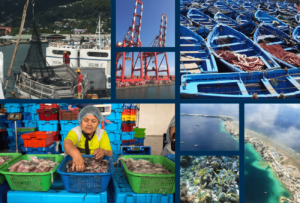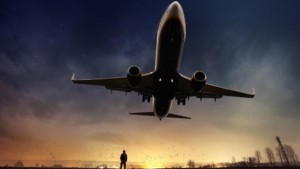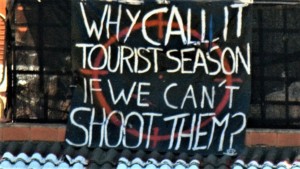Cruise industry must help solve over-tourism
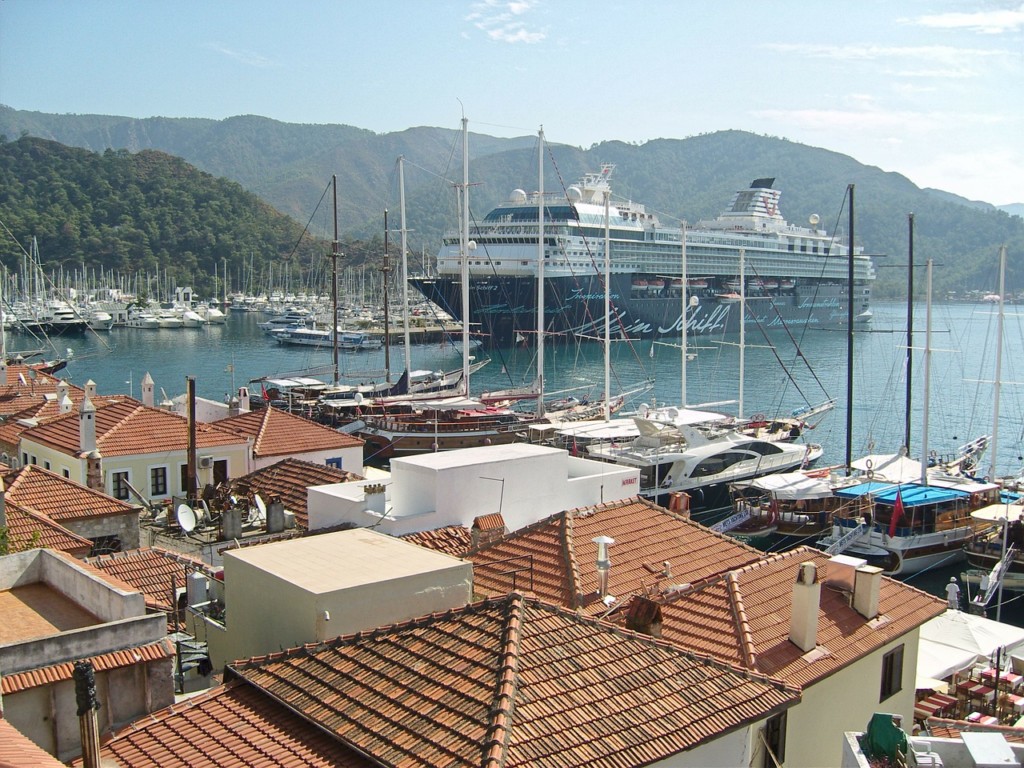
What these places are experiencing is “over-tourism”, a term an article by Ship-Technology.com attributes to Elizabeth Becker’s investigative novel Overbooked, circa 2012. Since then, over-tourism, and the reactive trend known as “responsible tourism”, have become buzzwords in the travel & tourism world.
The cruise industry is partly to blame for the over-tourism phenomenon, acknowledges the article. Cruises target coastal destinations (obviously), bringing in large numbers of holidaymakers en masse. Unlike many other visitor types, however, cruise passengers tend to enjoy a vast array of amenities on vessels that are often like villages or towns in their own right. And the all-inclusive cruise model leaves passengers far less inclined to spend money when they go ashore.
Since the establishment of the Venice Passenger Terminal in 1997, more than 20 million cruise passengers from 200 countries have transited through, most of whom plunged straight into the heart of Venice. The problem became so bad that in 2014, residents and campaigners were successful in instituting a ban on large cruise ships (more than 96,000 tonnes). Nevertheless vessels up to that size continue to bring in millions of people year-round. And Venetians continue to demonstrate.
A “macro-emergency”?
In July 2016, the United Nations threatened to place the Italian city on UNESCO’s list of endangered heritage sites. It urged the City of Venice to recognise tourism as a “macro-emergency”, while putting in place new measures to manage water traffic.
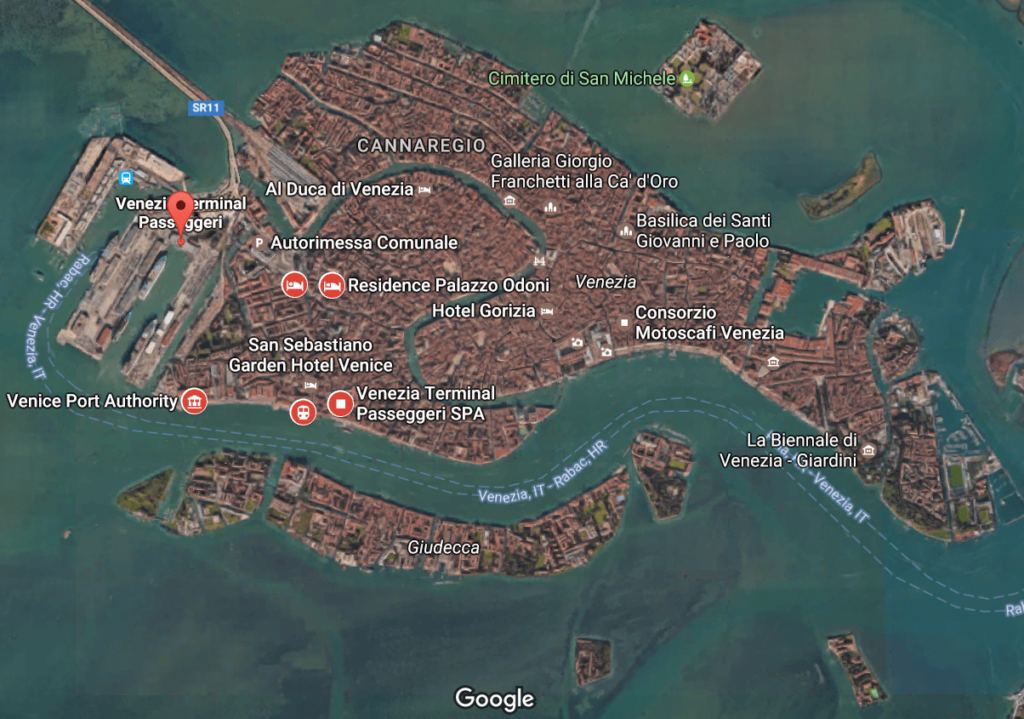
Over the years tens of millions of cruise passengers have disembarked and plunged straight into the heart of Venice. Source: Google Maps
Barcelona is struggling with similar problems. Ranked as the leading Mediterranean cruise port in 2015, the Spanish city saw two million cruise passengers that year. (In 2016 there was a total of 32 million visitors of all types.) Tourism in Barcelona has become a source of bitterness and resentment among its citizens due to soaring rents (blamed on the “sharing economy”), public spaces inundated with foreigners, and the proliferation of international chains at the expense of local businesses.
Tourism continues to be a financial goldmine, however. Receipts from international visitor spending on accommodation, food and drink, entertainment, shopping and other goods and services compiled by UNWTO show that Southern and Mediterranean Europe attracted US$ 1.9 trillion in earnings in 2014, or 16% of the global share.
However cruise passengers contribute relatively little to that economic windfall, according to Dr Harold Goodwin, Managing Director of the Responsible Tourism Partnership.
He told Ship-Technology.com that when it comes to food: “If you have a cruise liner which is drawn up in the port, the chances are the people will have had a good breakfast on the boat. They might take lunch somewhere in the city, but they probably won’t be very hungry, and they will probably have dinner back on the boat.”
On sightseeing: “They’re certainly going to visit some of the sights, but in Venice for example, less than 20% of people actually go to the Doge’s Palace. So that would suggest that over 80% of all the visitors are not paying to get into anything while they’re there. They are just enjoying the free public realm aspects, and the same would be true in Barcelona.”

‘Queen Mary II’ in New York City. Source: Violetta / Pixabay
Some cities have designed inventive measures to point visitors away from their centres; the article cites examples from New York as well as Barcelona and Venice. However, Goodwin argues that the cruise industry needs to accept responsibility for its contribution to the problem and find some solutions. He posits ideas as to what the cruise industry could do, but says: “The problem is that the motivation to do that from the cruise line’s point of view is quite low.”
Source: This is a brief summary of the full article at Ship-Technology.com.
Featured image source: When this ship comes to call it dominates the Mediterranean landscape; by KarinKarin / Pixabay
Related posts


